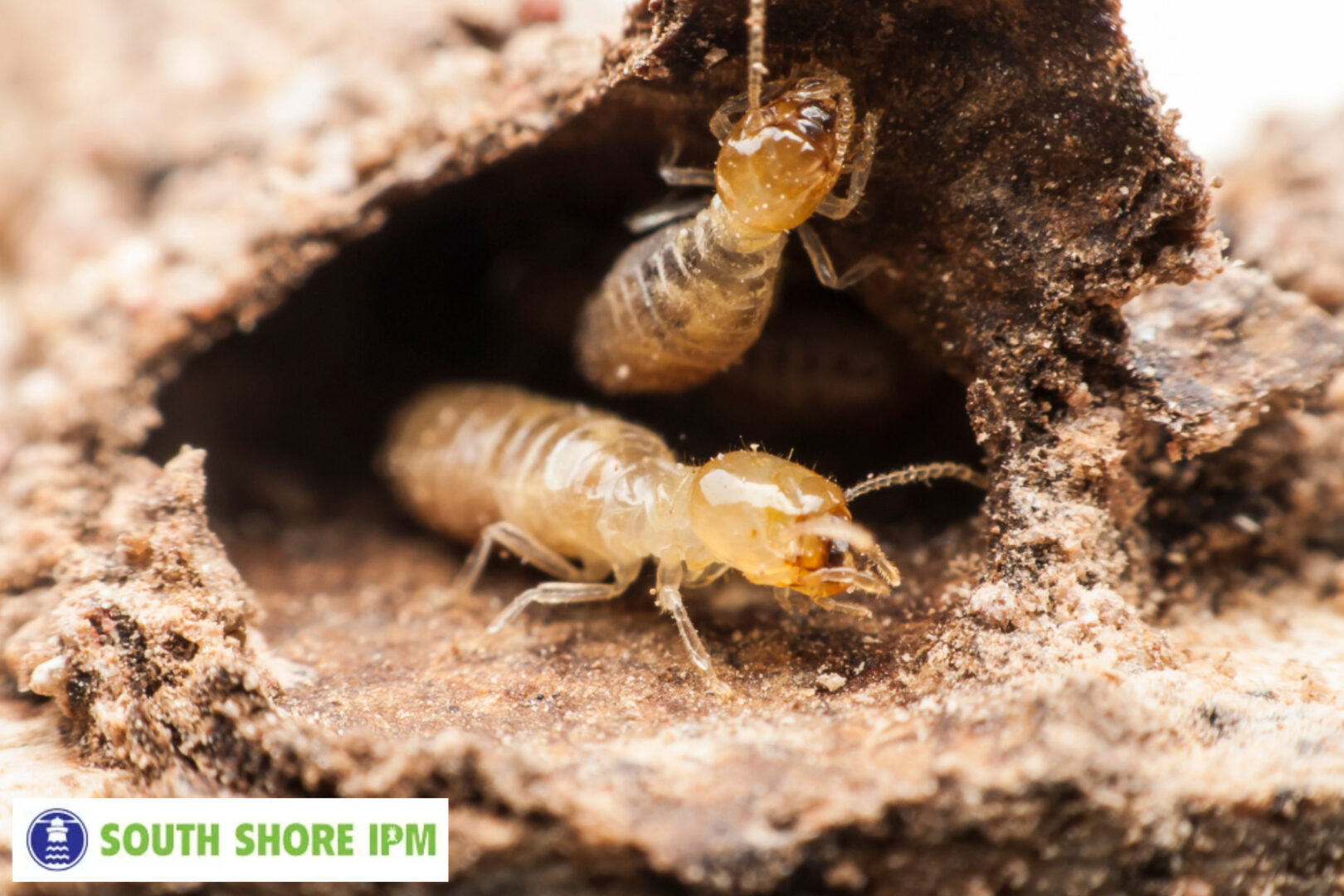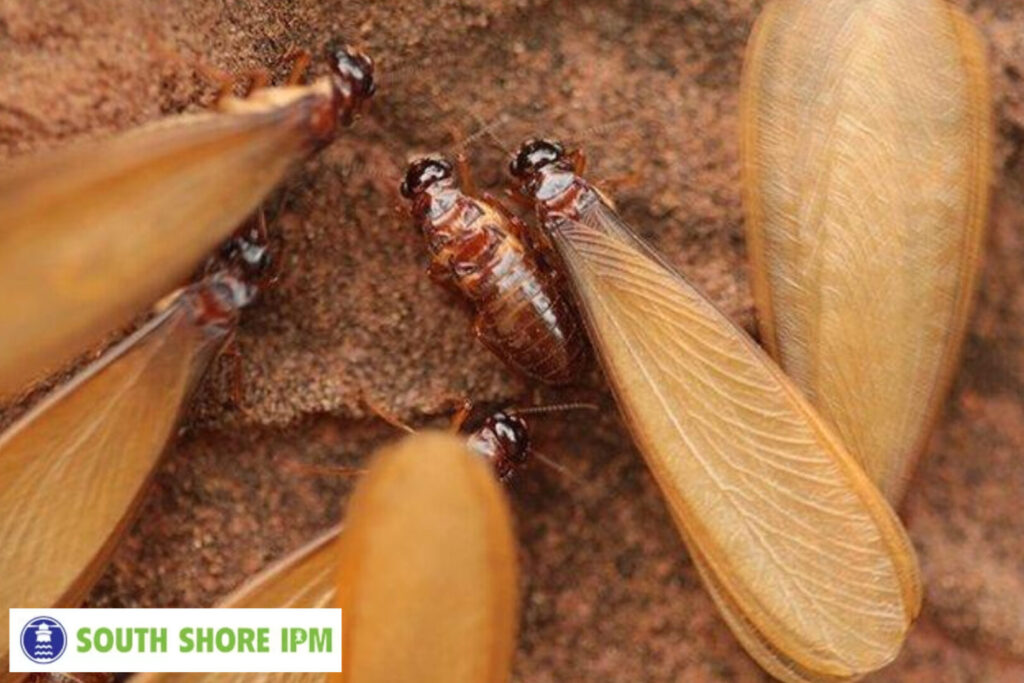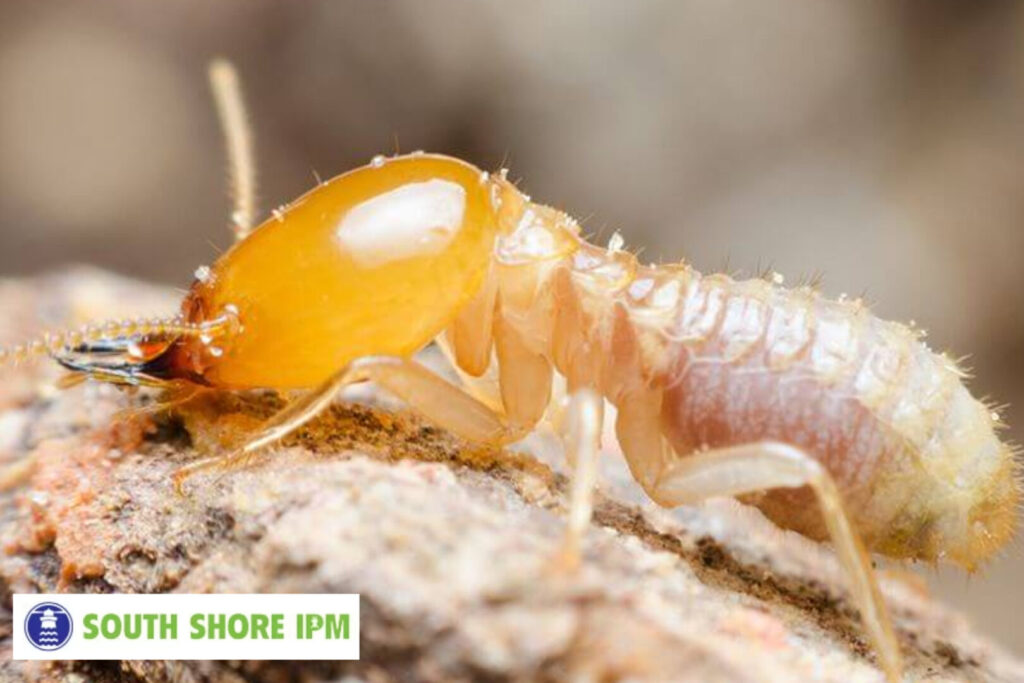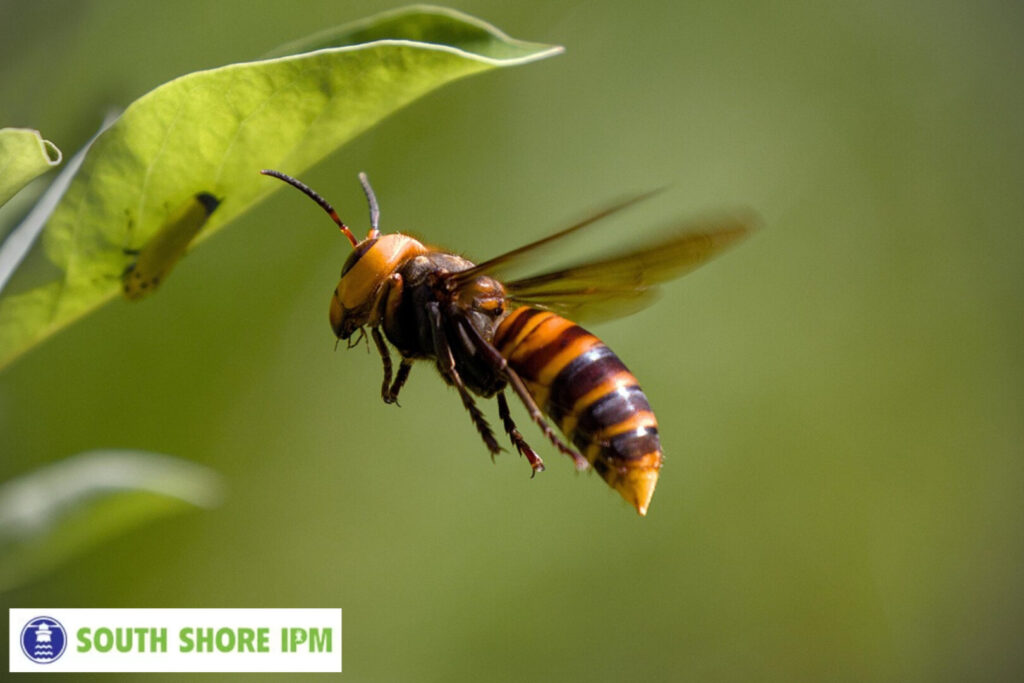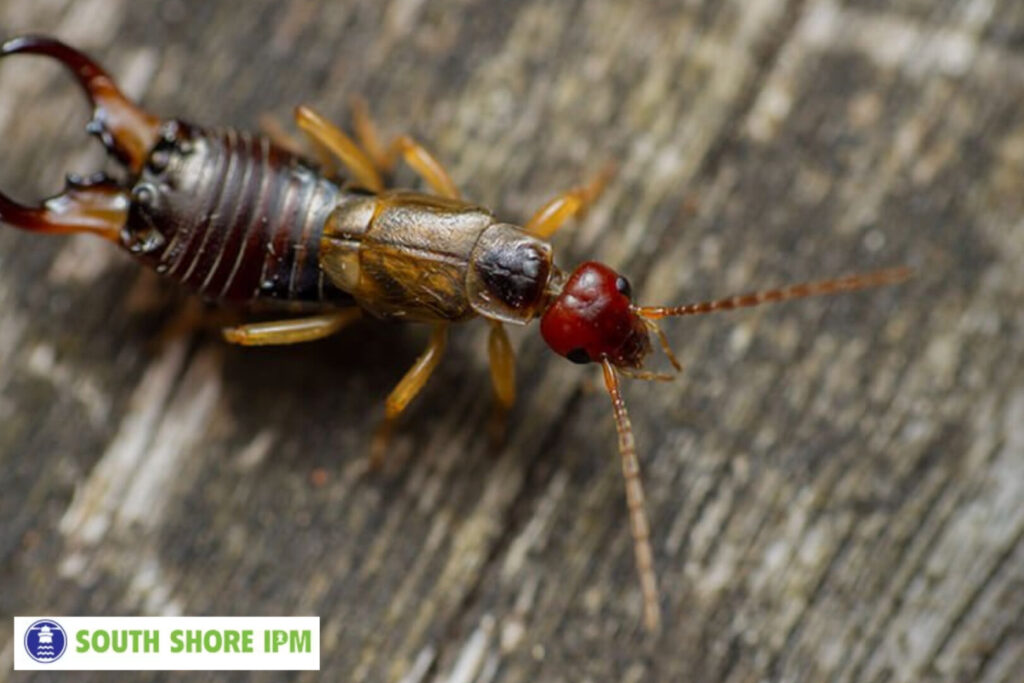Battling the Wood Destroyers: Carpenter Ants vs. Termites Who’s the Real Culprit?
When it comes to the protection of your home, two pests that can cause significant damage to the structure are carpenter ants and termites. Though they are often confused with each other, these wood-destroying insects have distinct differences, and it’s important to identify the culprit correctly to prevent costly damage. In this article, we will explore the characteristics of carpenter ants vs termites, how to identify them, and most importantly, how to protect your home from their destructive power.
Carpenter Ants: The Silent Destroyers
Carpenter ants are among the most common pests found in homes. Unlike termites, which feed on wood, carpenter ants do not consume wood. Instead, they tunnel through it to create nests. They can infest structural wood, insulation, and even wooden furniture. Carpenter ants prefer to nest in moist, decayed wood, though they are also known to burrow into sound timber as long as there is sufficient moisture to support their colony.
Identifying Carpenter Ants
Carpenter ants are typically black or red, and they can grow between 1/4 to 1/2 inch long. These ants have smooth, rounded bodies and are often mistaken for termites due to their black appearance. However, carpenter ants have large, segmented bodies, while termites have soft, straight bodies. Carpenter ants also have noticeable elbowed antennae, which distinguishes them from termites.
When carpenter ants invade your home, you may see them foraging for food or hear a rustling noise coming from within the walls or other wooden structures. Carpenter ant infestations usually start outdoors, where they live in rotting trees or decaying logs. However, once the colony grows large enough, the ants will seek a new nesting area indoors.
Damage Caused by Carpenter Ants
Although carpenter ants do not consume wood as termites do, their nesting activities can cause significant damage. They tunnel into wood to create galleries for their nests. Over time, this can weaken the structural integrity of the wood, especially in moist or water-damaged areas. If left unchecked, a large infestation can damage beams, insulation, and other vital structural components of your home.
How to Control Carpenter Ants
If you suspect a carpenter ant infestation in your home, it’s essential to act quickly to prevent further damage. To treat the problem, you can apply baits or use pest control Plymouth MA services to ensure that the colony is eradicated. Carpenter ants are notorious for being difficult to control, so it’s often best to enlist the help of a professional pest control service to locate and treat the nest effectively.
Termites: The True Wood Destroyers
Termites are known for their ability to eat through wood, and their presence in or around a home is cause for serious concern. Unlike carpenter ants, termites consume wood for sustenance. They feed on cellulose, a compound found in wood, and can cause extensive structural damage if left untreated. What do termites look like? Termites are small, often invisible to the naked eye, but their damage is unmistakable. They have straight bodies, pale or translucent coloration, and straight antennae, which distinguishes them from other pests.
Identifying Termites
Termites are typically light in color, with some species appearing translucent. They have straight bodies, unlike carpenter ants, which are segmented. One of the most distinguishing features of termites is their consecutive antennae, compared to the elbowed antennae of carpenter ants. Termite wings are also longer than their bodies, which is another key characteristic that differentiates them from carpenter ants.
There are several types of termites, but the two most common types that invade homes are subterranean termites and drywood termites. Subterranean termites are often found in the ground and create mud tubes to travel to a structure, while drywood termites infest wooden structures without the need for moisture.
Damage Caused by Termites
Termites are far more destructive than carpenter ants. Because they consume wood, they can damage structural beams, wooden furniture, drywall, and insulation. Subterranean termites, in particular, are notorious for creating extensive damage to the foundation and infrastructure of homes. The damage caused by termites is often hidden from sight, as they tunnel through wood, leaving only a thin surface layer intact.
Signs of termite infestation include the presence of mud tubes, small holes in wood, or frass (termite droppings). If you suspect a termite problem, it’s critical to act quickly because termites can cause thousands of dollars’ worth of damage if left untreated.
How to Control Termites
Controlling termites requires professional intervention. Termite control near me services, such as bait systems or liquid treatments, can be used to eradicate these pests and prevent future infestations. If you see signs of termites, it is best to call a Plymouth pest control expert immediately for an inspection and treatment.
Carpenter Ants vs. Termites: The Key Differences
While both carpenter ants and termites can cause damage to wooden structures, they go about it in different ways. Below are the key differences that will help you identify who the real culprit is:
1. Feeding Habits
- Carpenter Ants: They do not eat wood, but tunnel through it to build nests.
- Termites: Consume wood for sustenance, eating through it as they feed.
2. Physical Appearance
- Carpenter Ants: Large, segmented bodies with elbowed antennae. They are black or red in color.
- Termites: Straight bodies with straight antennae. They are often pale and translucent.
3. Damage Type
- Carpenter Ants: Create galleries inside wood, weakening the structure.
- Termites: Consume wood, leading to the destruction of the material.
4. Nesting Preferences
- Carpenter Ants: Prefer moist, decayed wood or even sound wood with enough moisture.
- Termites: Often found in wooden structures or the soil, where they create colonies and feed on the wood.
5. Detection and Control
- Carpenter Ants: Can be controlled with baits or sprays; however, the nest must be located to ensure eradication.
- Termites: Require specialized treatment, such as bait stations or liquid treatments, to fully eliminate the infestation.
Protecting Your Home from Wood-Destroying Pests
Whether you’re dealing with carpenter ants or termites, early detection and intervention are key to protecting your home from significant damage. Here are a few tips to keep your home safe:
- Inspect regularly: Check for signs of damage or activity in areas like the attic, basement, and crawl spaces.
- Eliminate moisture sources: Both carpenter ants and termites are attracted to moisture. Repair leaks and ensure proper drainage around your home.
- Seal entry points: Make sure that cracks and gaps in your home’s foundation, windows, and doors are sealed to prevent pests from entering.
- Call a professional: If you suspect an infestation, contact a professional pest control service to assess and treat the problem.
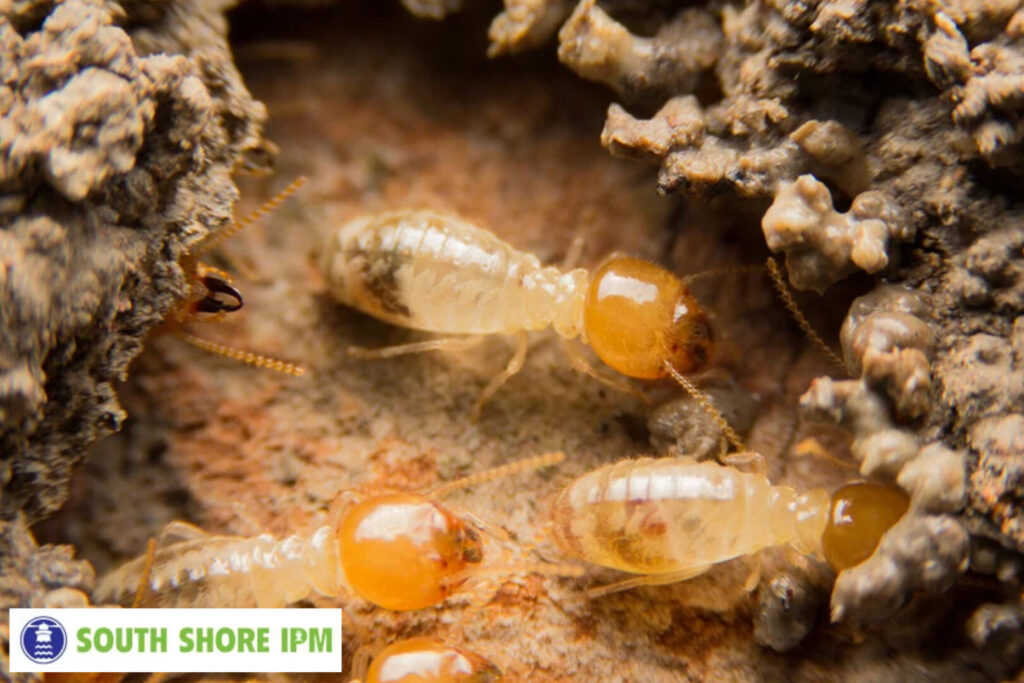
In Conclusion
Both carpenter ants and termites are serious threats to the integrity of your home. By understanding the differences between these two pests, you can take the necessary steps to prevent or control their presence. Whether you’re dealing with a carpenter ant nest or a termite colony, it’s always best to call in the experts to handle the situation effectively and prevent further damage.
About South Shore IPM
South Shore IPM is your trusted partner in creating pest-free environments. We offer innovative, eco-friendly pest management services tailored to your needs. From carpenter ants and termites to pest control, our team has the expertise to handle a wide variety of pests. If you suspect an infestation in your home, don’t hesitate to reach out to us for an inspection and safe, effective treatment.

